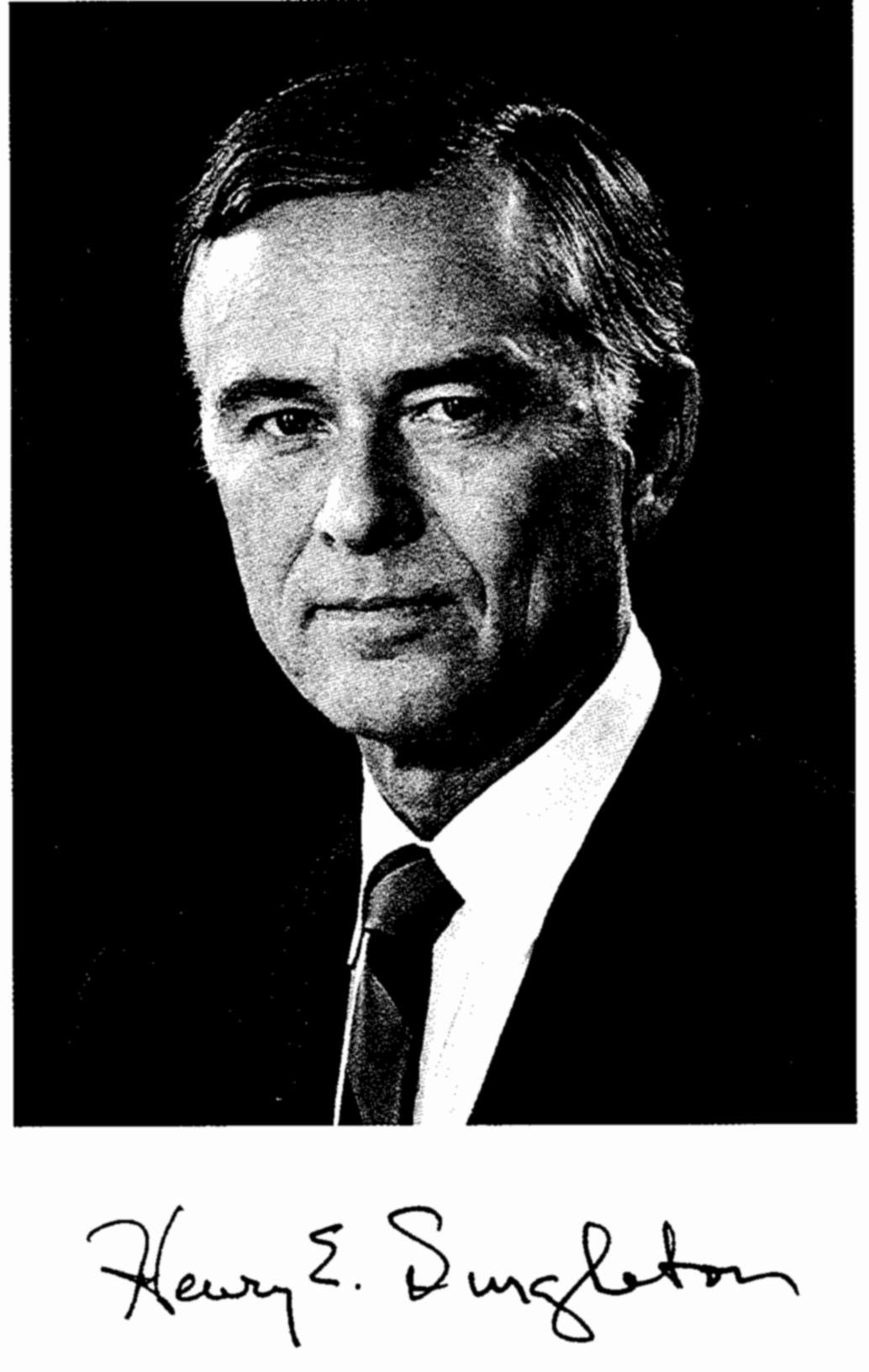Page 247
RUDOLF SCHULTEN
1923–1996
BY WOLF HAFELE
RUDOLF SCHULTEN, professor emeritus of reactor engineering, Technical University of Aachen, and former director of the Institute of Reactor Development of the Nuclear Research Center of Jülich, Dr.rer.nat. and Dr.-Ing. E.h. (honoris causa) died on April 27, 1996, in Aachen, Germany.
Rudolf Schulten was born on August 16, 1923, in Oeding, Germany. He studied physics and mathematics at the University of Bonn from 1946 to 1950. He then went to Göttingen where Professor Werner Heisenberg was director of the recently reestablished Max Planck Institute für Physik. There, under Professor Heisenberg, he took his doctorate degree in 1953. His thesis dealt with the magnetic moments and quadrupole moments of some light atomic nuclei.” Thereafter he took a position as scientific coworker of Professor Heisenberg. In 1953 the Federal Republic of Germany became sovereign again and it was then possible to resume work on nuclear engineering at the Heisenberg Institute and elsewhere in Germany. Rudolf Schulten became engaged in that new field immediately.
At first Rudolf Schulten worked on preliminary lattice designs for the first German-built nuclear research reactor, the FR2 in Karlsruhe. But soon he developed his own engineering vision: a nuclear reactor with high temperatures, helium as a coolant, and graphite balls 6 centimeters in diameter instead of the otherwise worldwide-employed cylindrical fuel rods. At that time I
Page 248
shared an office with him and experienced firsthand the strength of his powerful engineering vision. It was not surprising that he left soon to become head of the Department of Reactor Development, Brown Boveri & Cie Company (BBC) in Mannheim. He served in that capacity from 1956 through 1964. BBC developed a strong engineering posture that led to the construction of the 15 MWe experimental reactor AVR at Jülich and later the 300 MWe thorium high-temperature reactor at Schmehausen. In 1964 Rudolf Schulten was offered a chair for nuclear engineering at the Technical University (TU) at Aachen and simultaneously the directorship of the Institute of Reactor Development at the Nuclear Research Centre of Jülich, close to Aachen. So in 1964 Rudolf Schulten went to Aachen/Jülich, and with him, much of the base program for the thorium high temperature reactor. Rudolf Schulten had a major influence both in Aachen and in Jülich. At Aachen be became dean of the faculty of mechanical engineering and from 1983 to 1986 vice-rector of the university. On three occasions at Jülich, he chaired the Scientific-Technical Council of the Research Center and served in numerous additional functions. He supervised more than 300 doctoral theses and significantly influenced international science in the field of THTR development. He was elected foreign associate of the National Academy of Engineering in 1978. Of the many awards and honors he received, the most significant awards were the Werner von Siemens Ring (an honor-ring for merits in science and technology) and the Great Distinguished Service Medal of the Order of Merit of the Federal Republic of Germany (Grosses Verdienstkreuz des Bundesverclienstordens der Bundesrepublik Deutschland).
Rudolf Schulten had not only his own engineering vision but was of a warm, broad-minded nature. One may recall the year 1955, which was so important for Germany with its new sovereignty. At Göttingen, in the new Max Planck Institute, Werner Heisenberg had brought together a group of young physicists for the purpose of not only producing good physics but also contributing to the revival of postwar Germany in a broader sense of the word. Rudolf Schulten had just received his doctorate degree in 1953, was thirty-two years old, and had a will to en-
Page 249
gage. This was a fortunate configuration. With his balanced personality, he was able to settle difficult situations in meetings and otherwise. Together with his good physics and engineering, this was the thing that was needed in this breakup situation. He was embedded in his family and had the lasting support of his wife, Anneli. Together they had two sons, Rudolf and Georg, and one daughter, Maria. He was engaged in matters of his church. He was also concerned for the general political health during the restructuring of postwar Germany. He was a gifted scientist and engineer, a responsible citizen, and a dear colleague.





